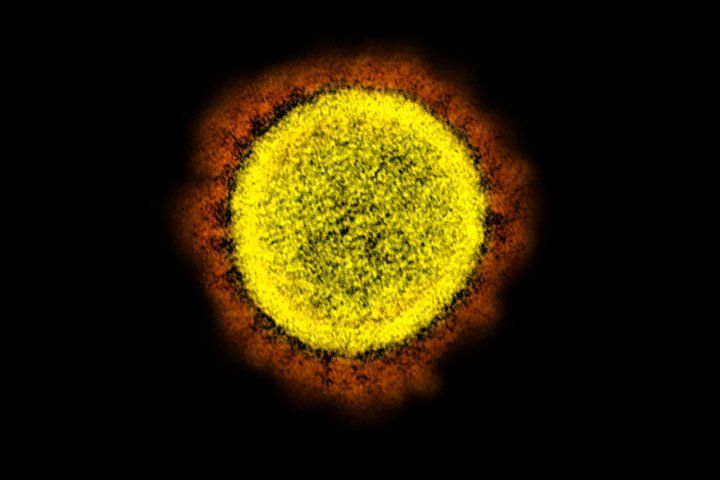
The SARS-CoV-2 detector (SARS-CoV-2 DETECTR) is a novel corona 19 test method that applies gene editing technology CRISPR. This technology is expected to greatly accelerate the efforts to suppress the spread of Corona 19 infection because the test time is 45 minutes, and the test results can be obtained in a fairly short time and the diagnosis is simple.
As of April, the mainstream in the Corona 19 test is the polymerase chain reaction PCR method. This test usually takes 4-6 hours, and the accuracy is said to be only about 20-60%. In the midst of this, UCSF at the University of California, San Francisco, announced that it has developed SARS-CoV-2 detector, a new COVID-19 test method, with Mammoth Biosciences, a biotechnology company based in San Francisco. According to UCSF, this is the first time that a method for testing COVID-19 using CRISPR, a gene editing technology, has been established.
The reason why the research team paid attention to CRISPR is because it can target specific gene sequences. The research team used this technology to adjust the reagent to simultaneously detect both the area normally seen in the SARS coronavirus and the area unique to the novel coronavirus in the Corona 19 genome, and a test that can detect new coronavirus with high precision. Succeeded in establishing the method.
One of the advantages of the SARS-CoV-2 detector is its fast inspection. As with the PCR method, the test itself uses a sample obtained by rubbing the respiratory mucosa with a cotton swab, but in PCR it takes 4 to 6 hours to obtain the result, whereas the SARS-CoV-2 detector can significantly reduce the test time by about 45 minutes.
Another feature of the SARS-CoV-2 detector is that off-the-shelf reagents and general equipment are available, so it can be introduced at a lower cost than the PCR method, which requires expensive dedicated equipment. In addition, the test result is a clear form that shows the presence of a virus when a dark line appears, like a commercial pregnancy test drug, so the test result is easier to test than the PCR method, which requires a high level of expertise to diagnose coronavirus.
However, since this test method needs to have a large amount of virus in the sample for effective precision, it has a disadvantage that the probability of missing a person in the early or late stages of infection with a relatively small amount of the new coronavirus in the body is higher than that of the PCR method. The research team explains that patients infected with the novel coronavirus usually have a very high viral load, so there is little that this disadvantage significantly affects the test results. According to the research team, if the amount of virus is sufficient, the accuracy is 95%.
The research team is in the process of testing to obtain FDA approval from the US Food and Drug Administration, and is preparing for use at airports, schools, and small medical institutions as soon as approval is obtained. Related information can be found here .

